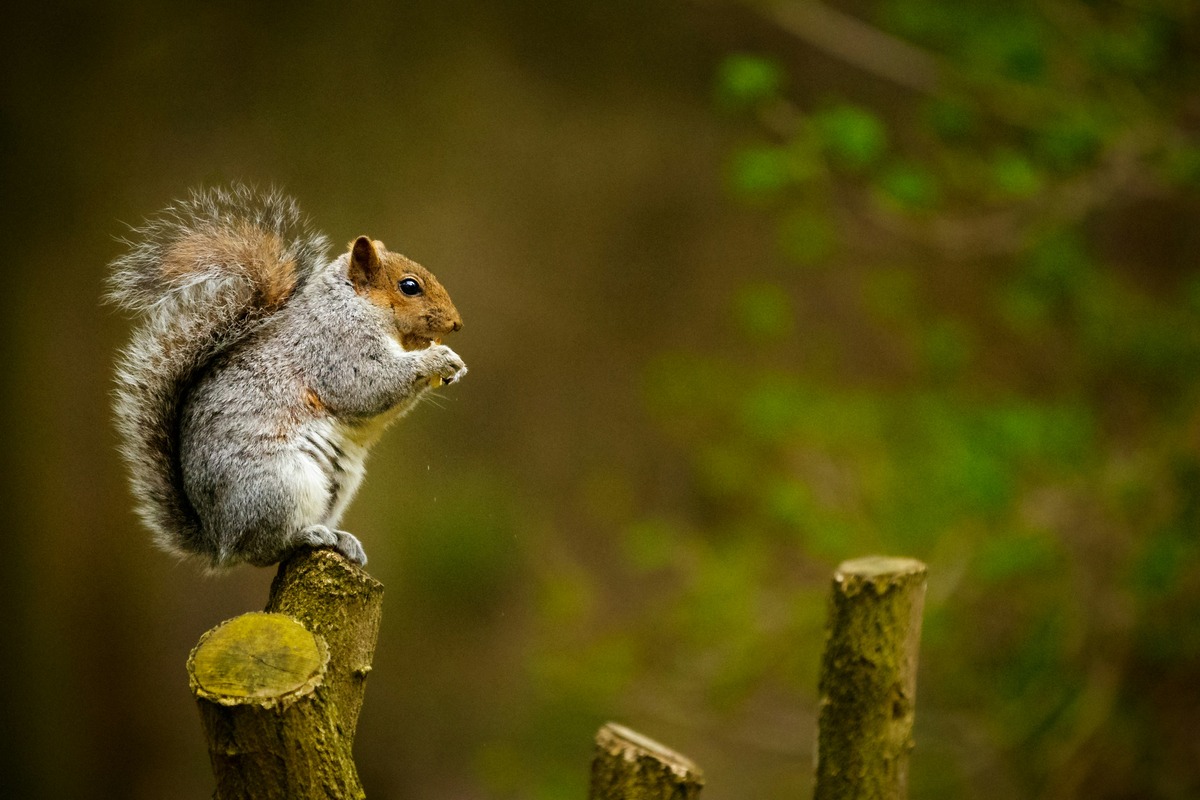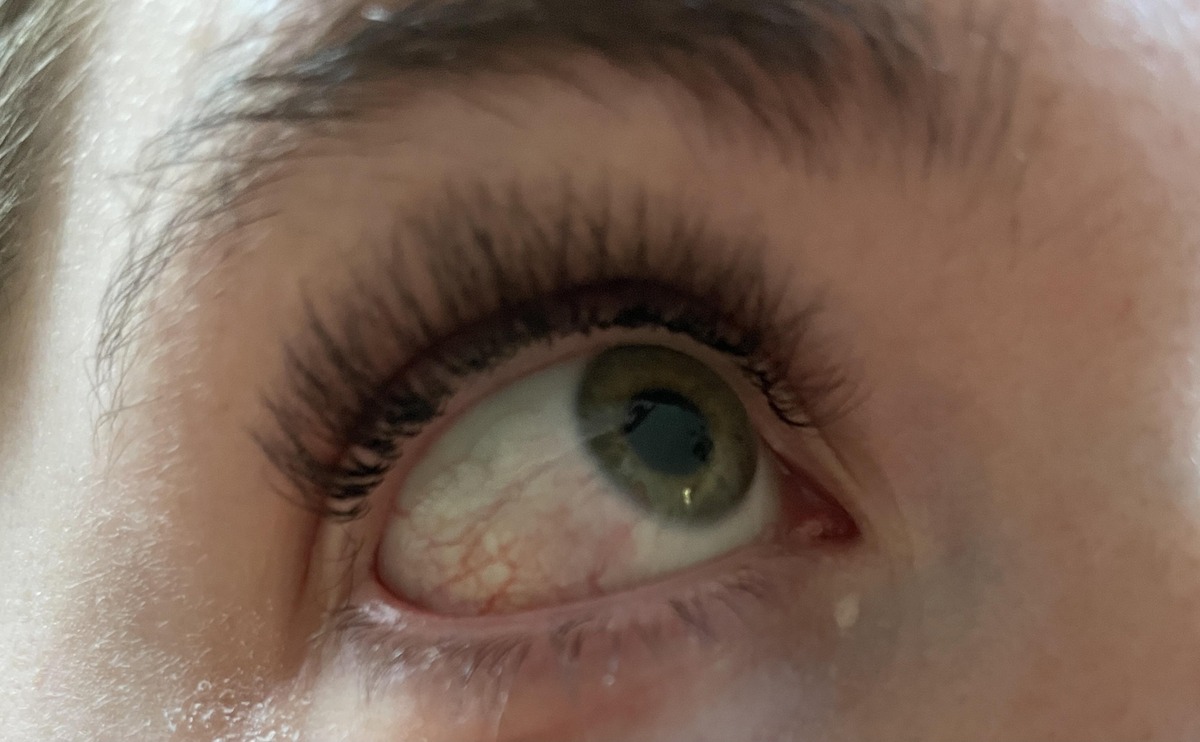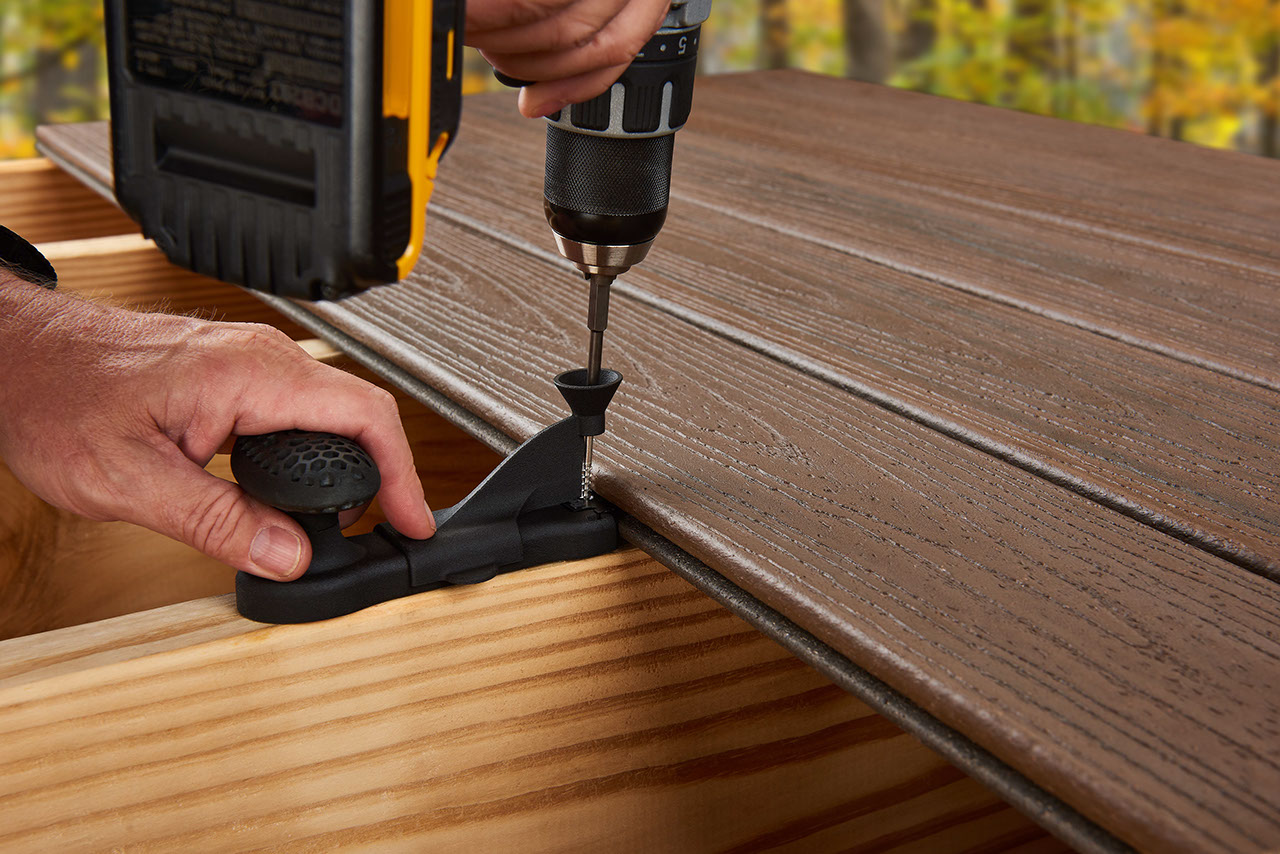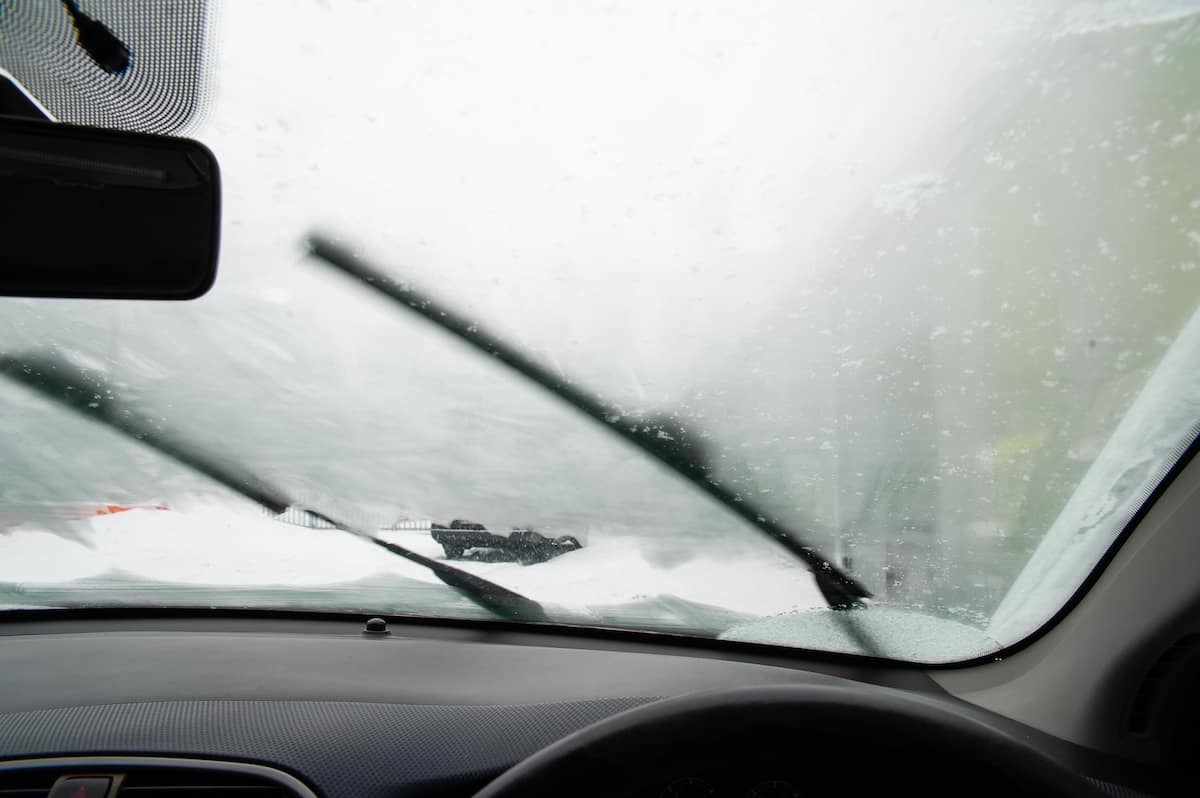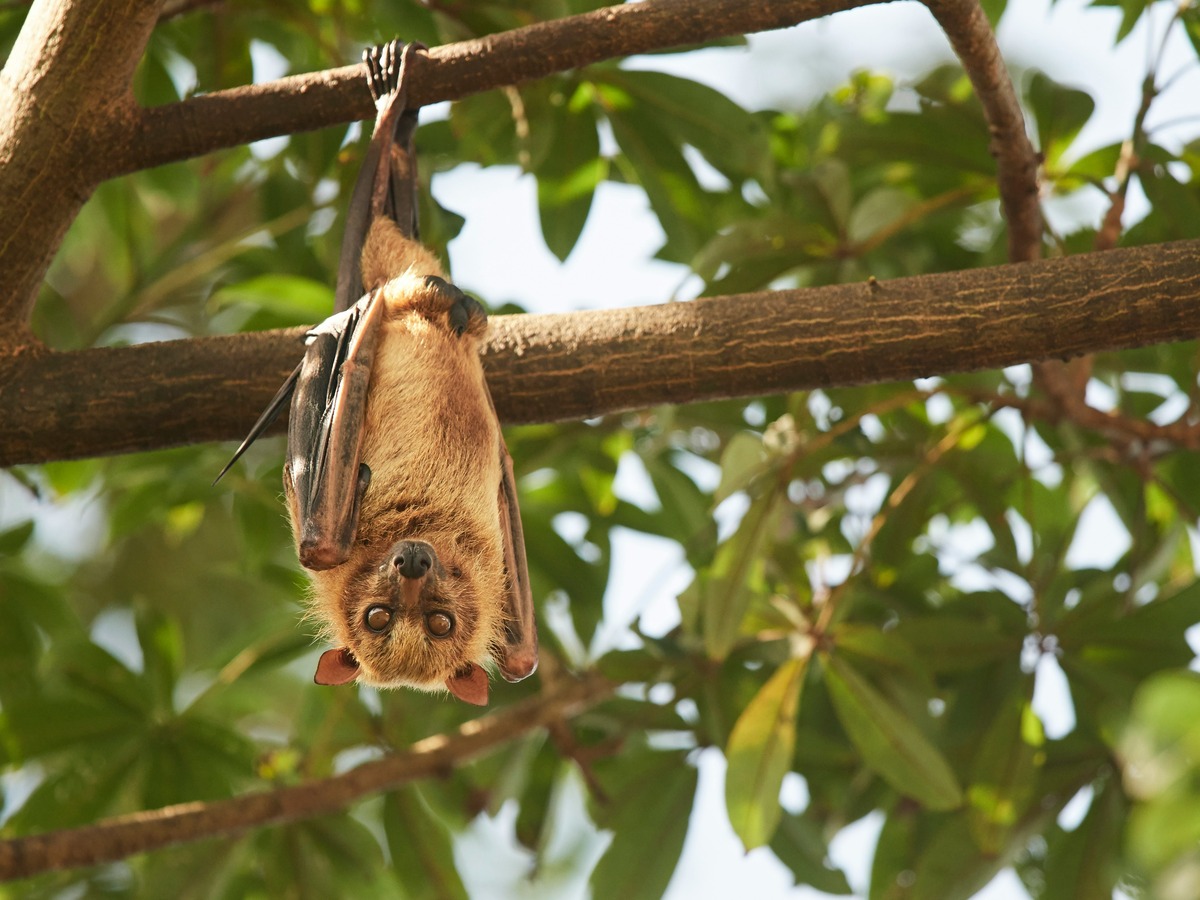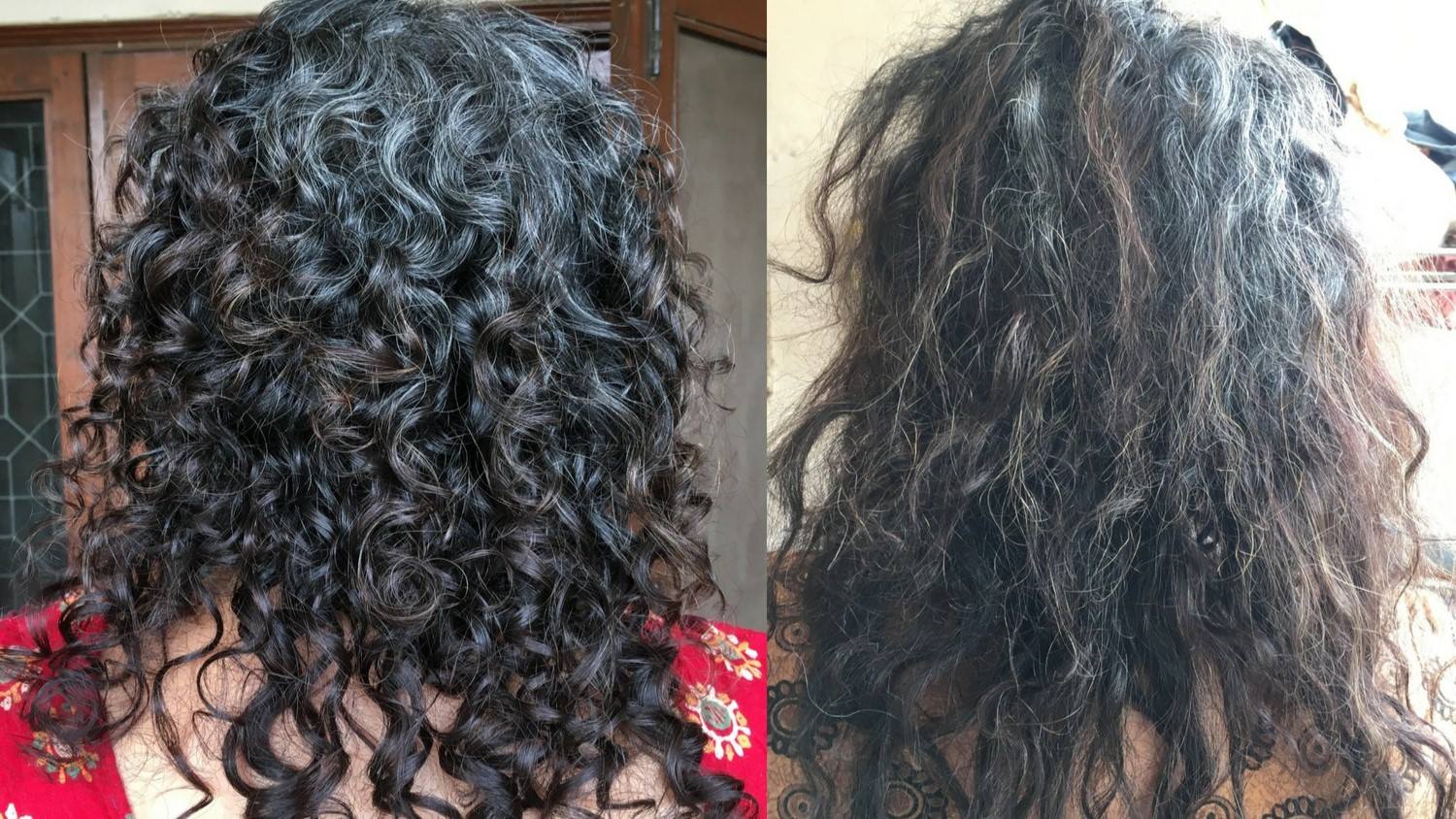Home>Home and Garden>5 Genius Ways To Keep Birds From Nesting In Your Back Porch Awning
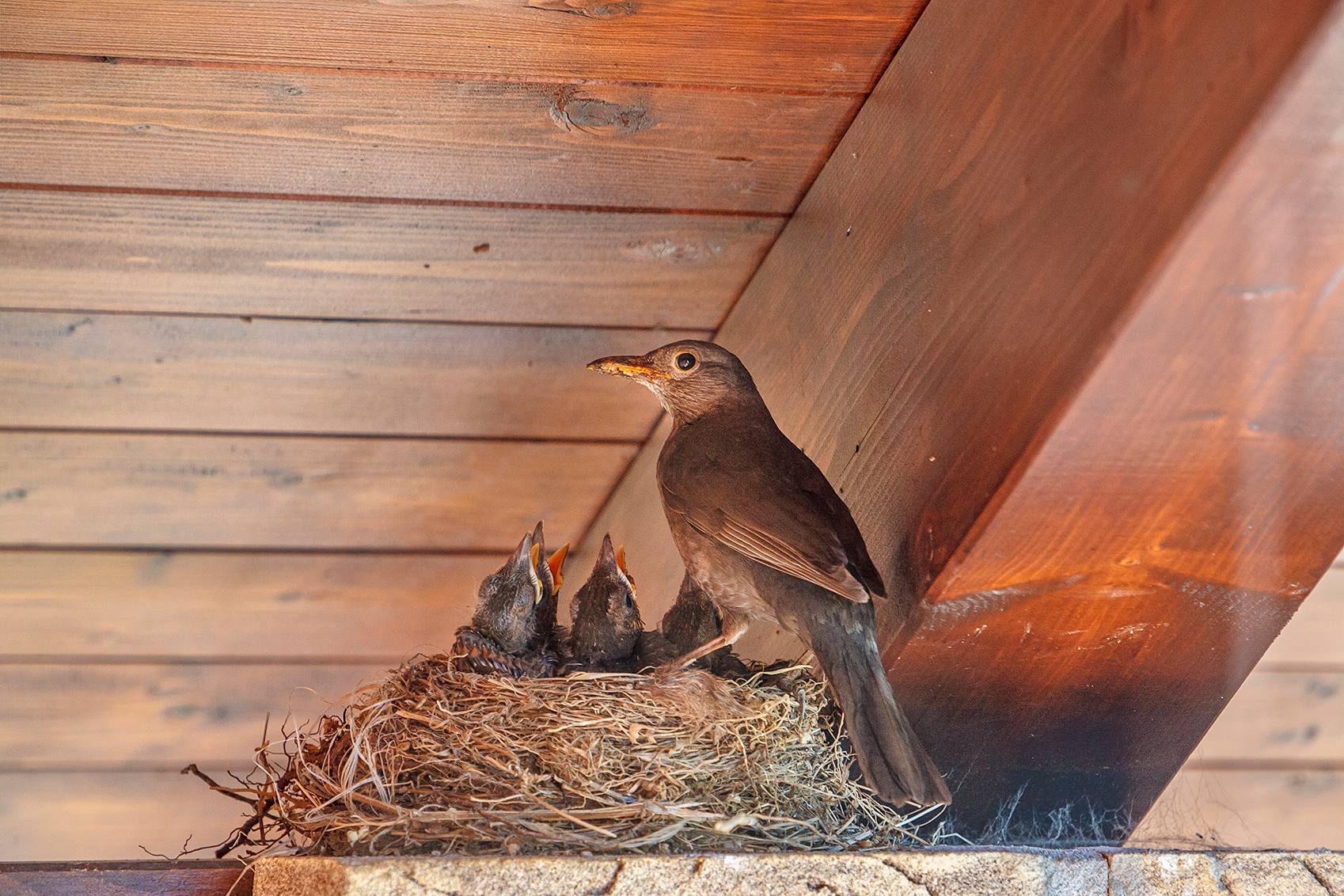

Home and Garden
5 Genius Ways To Keep Birds From Nesting In Your Back Porch Awning
Published: January 8, 2024
Discover 5 effective methods to prevent birds from nesting in your back porch awning. Keep your home and garden bird-free with these genius solutions.
(Many of the links in this article redirect to a specific reviewed product. Your purchase of these products through affiliate links helps to generate commission for Noodls.com, at no extra cost. Learn more)
Table of Contents
Introduction
Birds nesting in your back porch awning can bring about a range of issues, from messy droppings to noisy chirping and territorial behavior. While we appreciate the beauty and vitality that birds bring to our surroundings, it's understandable that you may want to discourage them from nesting in this particular area of your home. Fortunately, there are several effective and humane methods to achieve this. In this article, we'll explore five genius ways to keep birds from nesting in your back porch awning. From visual deterrents to physical barriers and bird repellents, we'll cover a variety of strategies designed to help you reclaim your outdoor space while ensuring the well-being of our feathered friends. Let's dive into these innovative solutions and discover how you can maintain a harmonious coexistence with the avian visitors in your backyard.
Utilize Visual Deterrents
Visual deterrents are an effective and non-invasive way to discourage birds from nesting in your back porch awning. By utilizing visual cues that disrupt the birds' sense of safety and security, you can gently persuade them to seek nesting sites elsewhere. Here are some genius visual deterrents to consider:
Reflective Objects
Strategically placing reflective objects near the awning can create an environment that is unsettling for birds. Shiny materials such as old CDs, aluminum foil strips, or reflective tape can disorient birds as the light reflects off these surfaces. The constantly changing reflections mimic the presence of predators, deterring birds from settling in the area.
Predator Decoys
The presence of natural predators can instill fear in birds and dissuade them from nesting in your porch awning. Placing decoys of predatory birds, such as owls or hawks, in the vicinity can create the illusion of a threat. These decoys are available in lifelike designs and can be easily installed on or near the awning to intimidate birds and discourage nesting.
Scarecrow Effigies
Scarecrows are not just for protecting crops; they can also serve as effective visual deterrents for birds. By incorporating a scarecrow near the awning, you create the impression of human activity, which can unsettle birds and deter them from nesting. Opt for scarecrows with exaggerated features and vibrant colors to maximize their effectiveness.
Hanging Reflective Tape
Hanging strips of reflective tape from the awning creates movement and flashes of light, which can startle birds and disrupt their desire to nest in the area. The combination of movement and reflective surfaces creates an unpredictable and intimidating environment, making the awning less appealing as a nesting site.
By implementing these visual deterrents, you can effectively discourage birds from nesting in your back porch awning while maintaining a bird-friendly environment. These methods offer a humane and eco-friendly approach to managing bird activity around your home, ensuring a peaceful coexistence between humans and our avian neighbors.
Install Physical Barriers
Installing physical barriers is a proactive approach to preventing birds from nesting in your back porch awning. These barriers create a clear boundary that deters birds from accessing the area, effectively discouraging nesting and minimizing potential damage. Here are several effective physical barriers to consider:
Netting or Mesh
Installing bird netting or mesh around the perimeter of the awning can significantly impede birds from gaining access to the nesting site. The fine, durable material serves as a protective barrier without causing harm to the birds. Ensure that the netting is securely fastened to prevent birds from finding gaps to enter.
Spikes and Deterrent Strips
Bird spikes and deterrent strips are designed to make landing and roosting on the awning's surface uncomfortable for birds. These physical barriers create an inhospitable environment, dissuading birds from perching and nesting. When installed correctly, they effectively discourage birds without causing harm.
Wire Mesh or Hardware Cloth
Using wire mesh or hardware cloth to cover open spaces and gaps in the awning structure can prevent birds from accessing potential nesting sites. Securely fasten the mesh to eliminate any openings that birds could exploit. This method provides a durable and long-lasting solution to bird infestation.
Sloped Surfaces
Modifying the design of the awning to include sloped surfaces can discourage birds from landing and nesting. Birds prefer flat and stable surfaces for nesting, so incorporating slopes can disrupt their nesting habits. This alteration can be achieved through strategic design or by adding slope-inducing materials to the existing structure.
Enclosures
Constructing physical enclosures around the awning can effectively block birds from reaching the nesting area. Enclosures can be made from materials such as wire, PVC, or wood, providing a clear separation between the birds' desired nesting spot and the protected area.
By implementing these physical barriers, you can effectively prevent birds from nesting in your back porch awning. These methods offer a humane and proactive approach to bird control, ensuring that your outdoor space remains free from avian disturbances while prioritizing the well-being of the birds.
Use Bird Repellents
Bird repellents are an essential tool in deterring avian visitors from nesting in your back porch awning. These repellents are designed to create an environment that is unappealing and uncomfortable for birds, encouraging them to seek alternative nesting locations. When choosing bird repellents, it's important to prioritize methods that are humane and environmentally friendly. Here are several effective bird repellents to consider:
Ultrasonic Devices
Ultrasonic bird repellent devices emit high-frequency sound waves that are disruptive to birds, deterring them from the area without causing harm. These devices are designed to be discreet and can be easily installed near the awning. The ultrasonic waves create an unwelcoming environment for birds, prompting them to avoid the vicinity of the awning.
Visual Repellents
Visual bird repellents leverage optical illusions and patterns to unsettle and deter birds from nesting. Products such as bird scare balloons, predator eye balloons, and reflective owl decoys utilize visual cues to create a sense of danger and unpredictability for birds. These repellents capitalize on birds' natural instincts to recognize potential threats, effectively discouraging them from settling in the protected area.
Bird Gel
Bird gel repellents create a sticky and uncomfortable surface that discourages birds from landing and roosting on the awning. The gel is non-toxic and safe for birds, providing an effective barrier that deters avian activity. When applied to the awning's surfaces, bird gel disrupts birds' comfort and stability, prompting them to seek alternative nesting sites.
Taste Aversion Repellents
Taste aversion bird repellents utilize non-toxic formulas with unpleasant tastes and odors that birds find unappealing. These repellents are applied to specific areas of the awning, creating a deterrent that dissuades birds from landing and nesting. By introducing aversive tastes and scents, these repellents effectively discourage birds while ensuring their well-being.
Motion-Activated Repellents
Motion-activated bird repellents utilize sensors to detect bird movement and trigger deterrent actions, such as emitting bursts of water or sound. These repellents startle birds and disrupt their comfort, encouraging them to avoid the protected area. Motion-activated repellents offer a dynamic and responsive approach to bird control, effectively discouraging nesting behavior.
By incorporating bird repellents into your bird control strategy, you can effectively deter birds from nesting in your back porch awning while prioritizing their well-being. These repellents offer a humane and eco-friendly approach to managing avian activity, ensuring a harmonious coexistence between humans and birds in your outdoor space.
Keep the Area Clean
Maintaining a clean environment around your back porch awning is a fundamental aspect of bird control and nesting prevention. By implementing proactive cleanliness measures, you can create an environment that is less attractive to birds seeking nesting sites. Additionally, a clean and well-maintained space contributes to the overall aesthetics and functionality of your outdoor area. Here are essential strategies to keep the area clean and discourage birds from nesting:
Regular Removal of Debris and Nesting Materials
Consistently removing debris, such as fallen leaves, twigs, and nesting materials, from the vicinity of your back porch awning is crucial in deterring birds from nesting. Birds are attracted to areas with ample nesting materials, and by promptly clearing away such items, you disrupt their nesting instincts and discourage them from establishing a presence in the area. Regular inspections and clean-ups can significantly reduce the likelihood of birds viewing your awning as a suitable nesting location.
Pruning Overhanging Branches and Foliage
Overhanging branches and dense foliage near the awning can provide convenient shelter and nesting opportunities for birds. By strategically pruning and maintaining the surrounding vegetation, you can limit the availability of nesting sites and create a less hospitable environment for birds. This proactive approach not only deters nesting behavior but also contributes to the overall tidiness and visual appeal of your outdoor space.
Clean Surfaces and Spillage Prevention
Regularly cleaning the surfaces of your back porch awning and preventing food or liquid spillage can minimize the attractiveness of the area to birds. Birds are drawn to food sources and may perceive spilled crumbs or standing water as an invitation to nest nearby. By promptly cleaning and maintaining the awning surfaces, you eliminate potential incentives for birds to establish nesting sites, thereby reducing the likelihood of avian infestation.
Proper Waste Management
Effective waste management practices, such as securing garbage bins and promptly disposing of food waste, are essential in preventing birds from being drawn to the area. Birds are opportunistic feeders and may be attracted to exposed waste or improperly sealed bins. By managing waste responsibly and minimizing potential food sources, you create an environment that is less appealing to birds seeking nesting locations.
Regular Maintenance and Inspection
Conducting regular maintenance and inspections of your back porch awning and its surroundings allows you to promptly address any factors that may attract birds. This proactive approach enables you to identify and mitigate potential nesting sites, such as gaps, crevices, or overlooked debris. By staying vigilant and maintaining a clean and well-kept outdoor space, you can effectively discourage birds from nesting in your back porch awning.
By integrating these cleanliness strategies into your bird control efforts, you can create an environment that is uninviting to nesting birds while enhancing the overall cleanliness and appeal of your outdoor living space. Prioritizing cleanliness not only deters birds but also contributes to a welcoming and well-maintained outdoor environment for you and your family to enjoy.
Offer Alternative Nesting Spots
Providing alternative nesting spots for birds is a compassionate and proactive approach to managing their presence around your back porch awning. By offering suitable nesting locations away from the awning, you can redirect birds to areas where their natural behaviors have minimal impact on your outdoor space. Here are several effective strategies for offering alternative nesting spots to birds:
Nesting Boxes and Birdhouses
Installing nesting boxes and birdhouses in strategic locations within your yard or garden provides birds with attractive alternatives to nesting in your back porch awning. These structures mimic natural nesting sites and offer a safe and inviting space for birds to raise their young. When positioning nesting boxes, consider the preferences of specific bird species and ensure the boxes are placed at suitable heights and orientations.
Native Trees and Shrubs
Integrating native trees and shrubs into your landscaping not only enhances the ecological diversity of your outdoor space but also provides natural nesting opportunities for birds. Native vegetation offers an array of nesting options, from dense foliage for shelter to sturdy branches for building nests. Research the native bird species in your area and select plants that cater to their nesting preferences, creating a welcoming habitat for avian families.
Nesting Platforms and Structures
Constructing nesting platforms and structures, such as elevated platforms or open-fronted shelves, can attract birds that prefer open nesting sites. These platforms offer birds a secure and elevated space to build their nests, diverting their nesting activities away from your back porch awning. When designing and installing nesting platforms, consider the nesting habits and behaviors of local bird species to maximize their appeal.
Water Features with Surrounding Vegetation
Introducing water features, such as birdbaths or small ponds, surrounded by suitable vegetation, can create an inviting environment for birds to nest. The combination of water sources and nearby foliage provides birds with essential resources and nesting opportunities, encouraging them to establish nests away from your awning. Ensure the water features are maintained and free from potential hazards to support the well-being of visiting birds.
Collaborate with Local Conservation Organizations
Engaging with local conservation organizations and wildlife experts can provide valuable insights and resources for offering alternative nesting spots to birds. These organizations may offer guidance on bird-friendly landscaping, nest box placement, and habitat enhancement initiatives that align with the conservation needs of local bird populations. By collaborating with experts, you can contribute to the preservation of bird habitats while managing their nesting behaviors around your home.
By implementing these strategies and creating appealing nesting alternatives, you can effectively redirect birds from nesting in your back porch awning to more suitable locations within your outdoor environment. This proactive approach not only mitigates potential conflicts with nesting birds but also contributes to the conservation and support of avian populations in your area.
